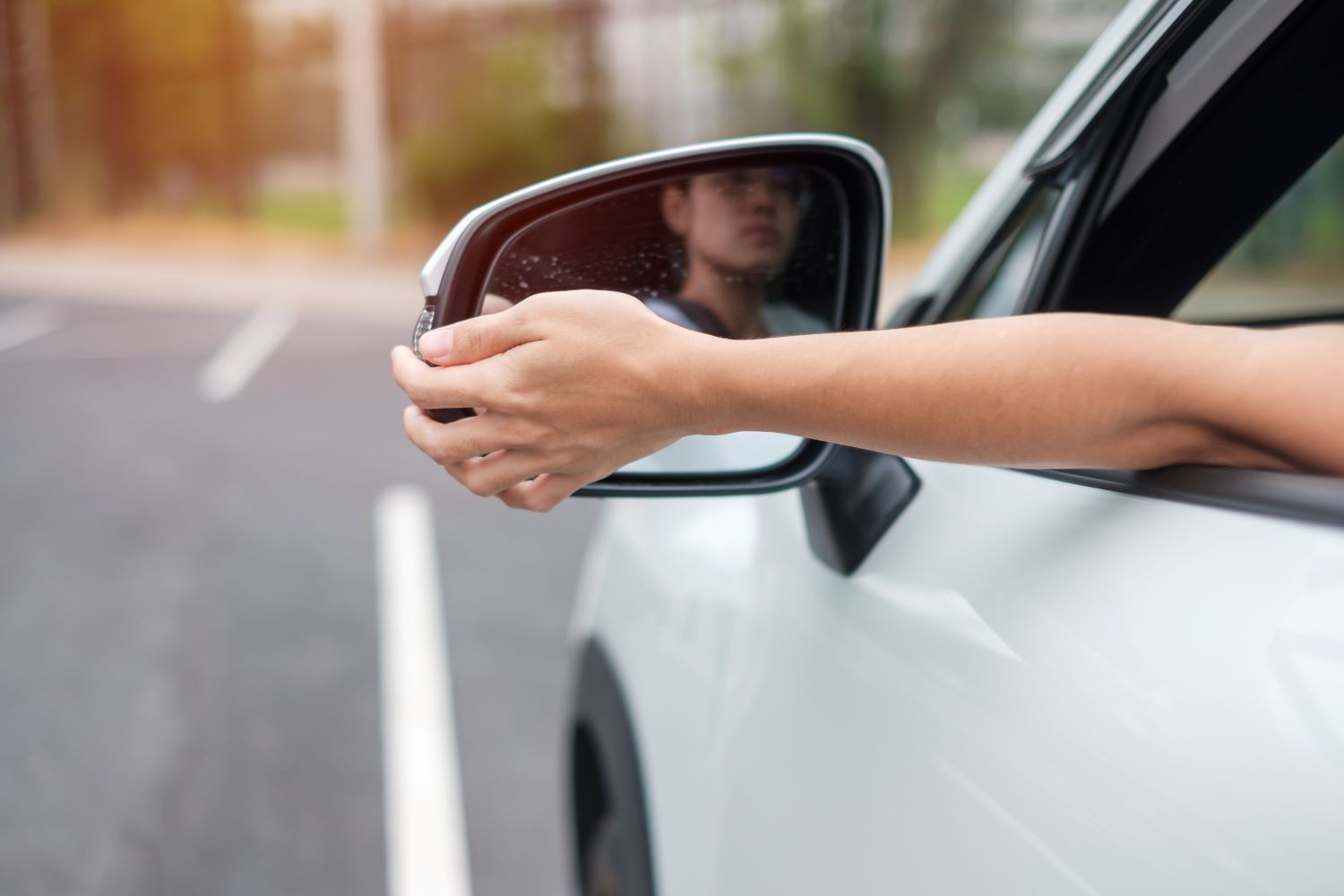

Articles
How To Check Mirrors When Changing Lanes
Modified: January 5, 2024
Learn how to safely change lanes while driving by checking your mirrors. Read articles on effective mirror usage and improve your lane-changing skills today!
(Many of the links in this article redirect to a specific reviewed product. Your purchase of these products through affiliate links helps to generate commission for Storables.com, at no extra cost. Learn more)
Introduction
Changing lanes is an essential skill for every driver, whether you’re navigating through traffic on the highway or driving in the city. However, merging into another lane without checking your mirrors can be a recipe for disaster. Mirrors play a crucial role in providing a clear view of what is happening around your vehicle, helping you make informed decisions on when and how to change lanes safely.
In this article, we will discuss the importance of checking mirrors when changing lanes and provide a step-by-step guide to ensure you do it correctly. Additionally, we will highlight common mistakes to avoid, helping you become a confident and responsible driver on the road.
Key Takeaways:
- Regularly checking your mirrors when changing lanes is crucial for safety, awareness, and preventing collisions. Use signals, mirrors, and shoulder checks to change lanes smoothly and responsibly.
- Avoid common mistakes like neglecting to check mirrors, relying solely on mirrors, and changing lanes abruptly. Anticipate other drivers’ movements and prioritize safety for a smoother driving experience.
Read more: How To Check For Double Sided Mirrors
Importance of Checking Mirrors
Checking your mirrors is an essential part of defensive driving and plays a significant role in preventing accidents when changing lanes. Here are a few key reasons why checking your mirrors is crucial:
- Safety: The primary reason for checking your mirrors when changing lanes is to ensure the safety of yourself and others on the road. By knowing what is happening in your blind spots and the surrounding lanes, you can make informed decisions about when it is safe to change lanes.
- Awareness: Mirrors provide you with a comprehensive view of the traffic around your vehicle. By regularly checking your mirrors, you stay aware of other vehicles’ positions, speed, and intentions, helping you anticipate and react to potential hazards effectively.
- Preventing Collisions: When you change lanes without checking your mirrors, you run the risk of colliding with another vehicle that may be in your blind spot. By diligently checking your mirrors, you can identify and account for these blind spots, reducing the chances of a collision.
It is important to remember that mirrors alone may not provide a complete picture of the road. Always use your turn signals and perform shoulder checks to ensure there are no vehicles in your blind spots before changing lanes.
Proper Mirror Adjustment
Properly adjusting your mirrors is essential to optimize your field of vision and minimize blind spots. Follow these steps to ensure your mirrors are correctly adjusted:
- Side Mirrors: Sit in the driver’s seat and adjust the side mirrors so that you can see the side of your own car in the innermost edge of the mirror. This position will help minimize blind spots and allow you to have a better view of the lanes beside you.
- Rearview Mirror: Adjust the rearview mirror so that you have a clear, unobstructed view of the road behind you. Make sure it is positioned in a way that minimizes any glare from headlights or other vehicles.
- Consider a Wide-Angle Mirror: To further enhance your rearview visibility, consider adding a wide-angle or blind spot mirror to your side mirrors. These small convex mirrors provide an expanded field of view, enabling you to see vehicles that may be lurking in your blind spots.
Remember, mirror adjustment is subjective and may require some trial and error to find the optimal position that works best for you. Take the time to make the necessary adjustments before driving to ensure your mirrors provide the clearest view possible.
Mirrors to Monitor when Changing Lanes
When changing lanes, it’s crucial to monitor multiple mirrors to get a comprehensive view of your surroundings. Here are the three primary mirrors you should be monitoring:
- Side Mirrors: Side mirrors, also known as wing mirrors, are located on both sides of your vehicle. They provide a view of the lanes beside you and help you monitor any approaching or overtaking vehicles. Adjust your side mirrors correctly to minimize blind spots and ensure optimal visibility.
- Rearview Mirror: The rearview mirror is located on the windshield, above the dashboard. It provides a view of the traffic directly behind your vehicle. Utilize this mirror to monitor the distance and speed of vehicles behind you, as well as any approaching vehicles.
- Blind Spot Mirrors: While not a traditional mirror, blind spot mirrors can greatly enhance your visibility when changing lanes. These convex mirrors are placed strategically in your side mirrors to give you a wider field of view, helping you spot vehicles that may be in your blind spots.
By regularly checking these mirrors when changing lanes, you can stay aware of the surrounding traffic and make safe lane-changing decisions.
Remember that your mirrors are aids, and they should be used in conjunction with proper signaling and shoulder checks to ensure there are no hidden obstacles in your blind spots.
Before changing lanes, always check your mirrors for any vehicles in your blind spot. Use your side and rearview mirrors to ensure there are no cars in the lane you want to move into.
Step-by-Step Guide to Checking Mirrors when Changing Lanes
- Signal your Intentions: Before changing lanes, signal your intention to other drivers by activating your turn signal. This alerts them that you are planning to change lanes, giving them enough time to adjust their driving accordingly.
- Check Your Rearview Mirror: Begin by checking your rearview mirror for any vehicles directly behind you. Make sure to gauge their speed and distance from your vehicle. This will help you determine if it’s safe to proceed with your lane change.
- Check Your Side Mirrors: Next, check your side mirrors to observe the traffic in the lanes beside you. Pay attention to any vehicles that may be approaching or driving alongside you. Ensure that your mirrors are adjusted to give you the best possible view of the adjacent lanes.
- Perform a Shoulder Check: Once you have checked your mirrors, it’s time to perform a shoulder check. This involves physically turning your head to look over your shoulder in the direction you intend to change lanes. This step is crucial in identifying any vehicles in your blind spot that may not be visible in your mirrors.
- Change Lanes Smoothly and Safely: If you have determined that it’s safe to change lanes based on the information gathered from your mirrors and shoulder check, proceed to change lanes smoothly and safely. Make sure to maintain a consistent speed, signal well in advance, and give other drivers enough space to react to your lane change.
Remember that the order of these steps may vary depending on the situation and the driving conditions. It’s essential to develop the habit of systematically checking your mirrors before every lane change to ensure the safety of yourself and others on the road.
Read more: How Often To Check Mirrors While Driving
Common Mistakes to Avoid
While checking mirrors when changing lanes is crucial for safe driving, there are common mistakes that drivers often make. Here are some mistakes to avoid:
- Neglecting to Check Mirrors: One of the most common mistakes is not checking your mirrors at all before changing lanes. Always make it a habit to check your rearview mirror, side mirrors, and perform a shoulder check to ensure there are no vehicles in your blind spots.
- Relying Solely on Mirrors: While mirrors provide valuable information about the traffic around you, they should not be your only source of awareness. Use your turn signals and perform shoulder checks to confirm the absence of any vehicles in your blind spots before changing lanes.
- Improper Mirror Adjustment: Failing to adjust your mirrors correctly can create significant blind spots, hindering your view of approaching vehicles. Take the time to properly adjust your mirrors to provide the widest possible field of view and minimize blind spots.
- Not Anticipating Other Drivers: When changing lanes, it’s important to anticipate the movement of other drivers. Avoid assuming that other drivers will move out of your way or adjust their speed. Instead, constantly monitor the traffic around you and be prepared to react accordingly.
- Changing Lanes Abruptly: Changing lanes abruptly without proper signaling and giving other drivers enough time to react can lead to accidents. Always use your turn signals, check your mirrors, and change lanes smoothly and gradually.
By avoiding these common mistakes, you can significantly reduce the risk of accidents and ensure a safer driving experience for yourself and others on the road.
Conclusion
Checking your mirrors when changing lanes is a fundamental aspect of safe and responsible driving. By regularly monitoring your mirrors and being aware of the traffic around you, you can make informed decisions and minimize blind spots. Remember the key points discussed in this article:
- Always signal your intentions before changing lanes to alert other drivers.
- Check your rearview mirror to identify vehicles directly behind you.
- Use your side mirrors to monitor the traffic in the adjacent lanes.
- Perform a shoulder check to spot any vehicles in your blind spots.
- Change lanes smoothly and safely, maintaining a consistent speed.
Additionally, be mindful of common mistakes to avoid, such as neglecting to check your mirrors, relying solely on mirrors, improperly adjusting your mirrors, not anticipating other drivers, and changing lanes abruptly.
By incorporating these practices into your driving routine, you can enhance your situational awareness, mitigate risks, and contribute to a safer road environment for everyone.
Remember, safe driving is a responsibility that we all share. Regularly checking your mirrors when changing lanes is a simple yet vital action that can prevent accidents and protect lives. So, be vigilant, stay aware, and drive safely!
Frequently Asked Questions about How To Check Mirrors When Changing Lanes
Was this page helpful?
At Storables.com, we guarantee accurate and reliable information. Our content, validated by Expert Board Contributors, is crafted following stringent Editorial Policies. We're committed to providing you with well-researched, expert-backed insights for all your informational needs.





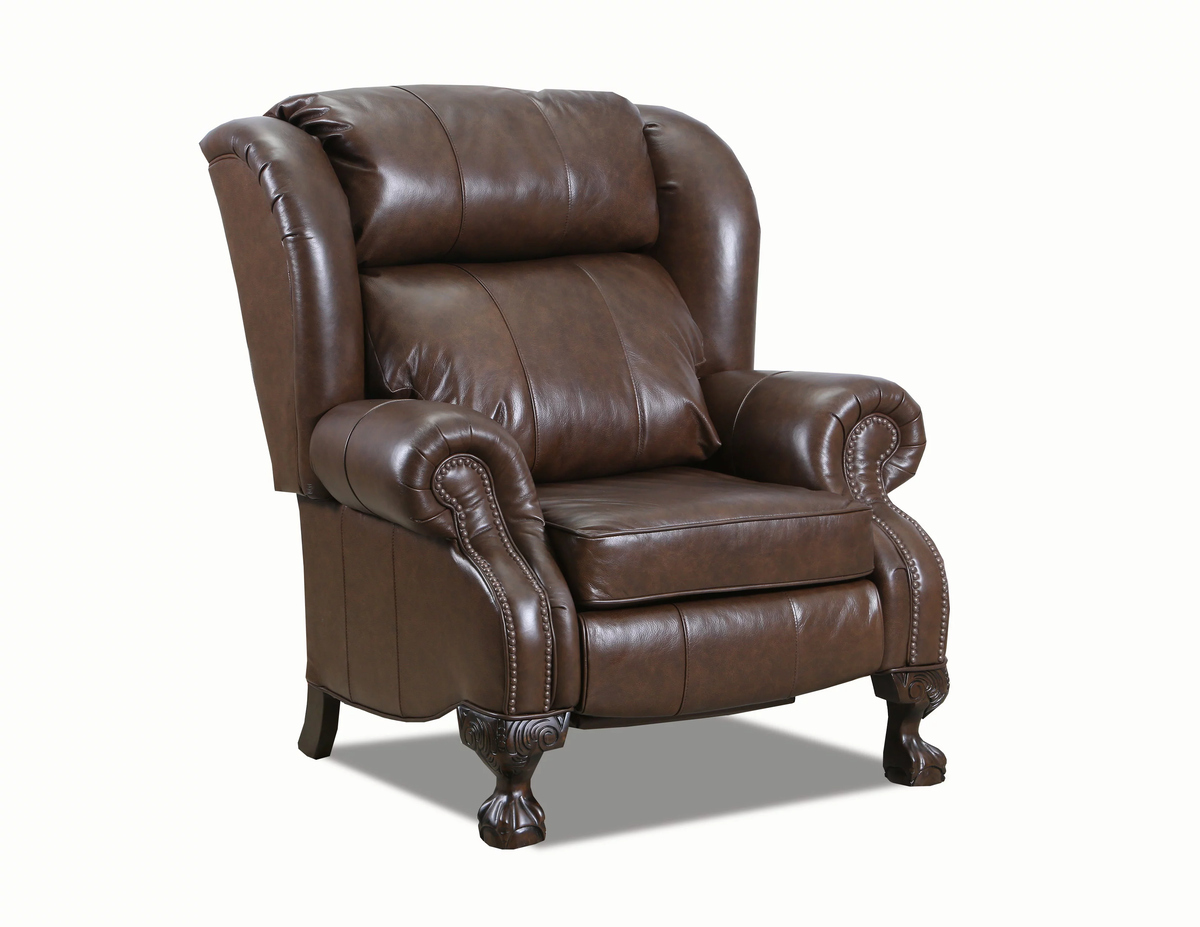
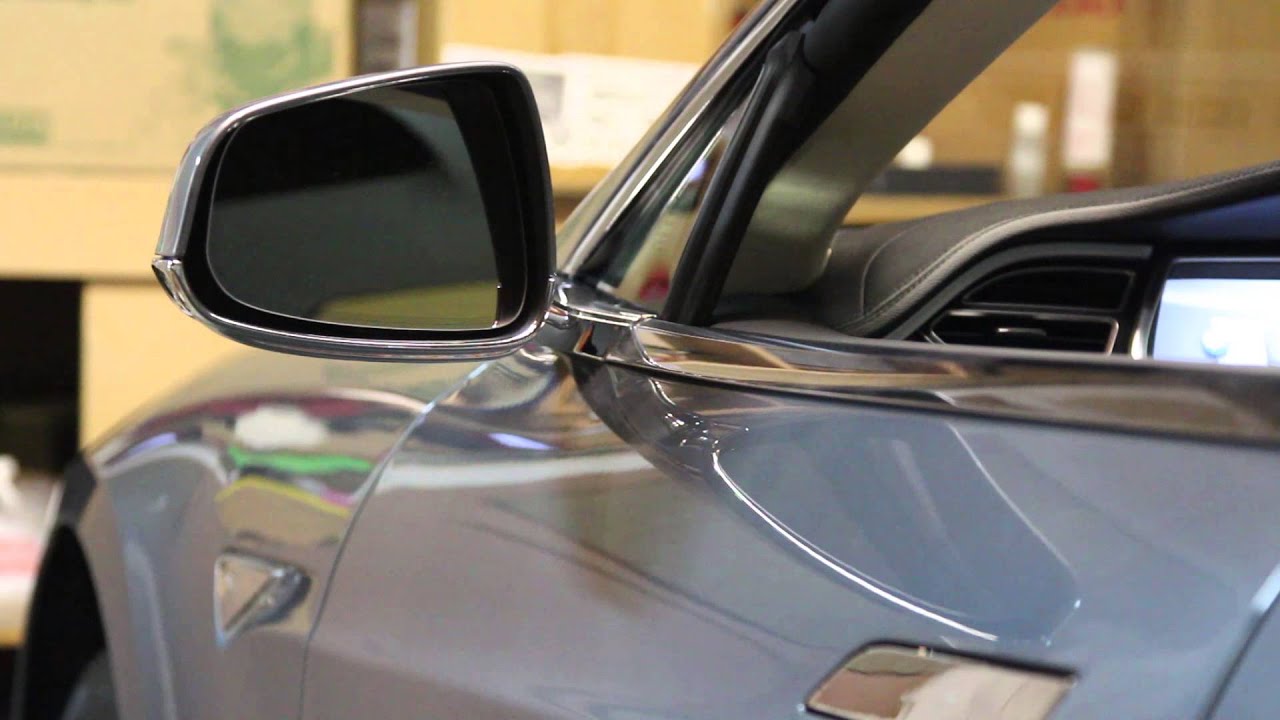

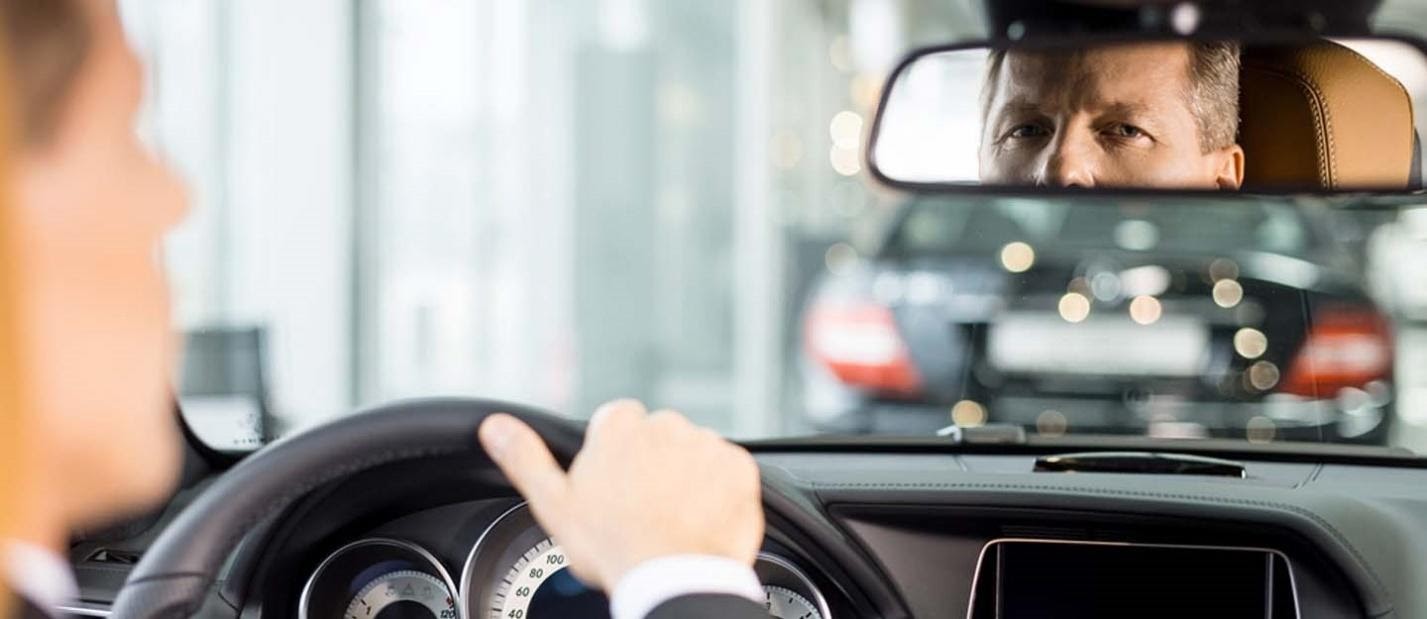
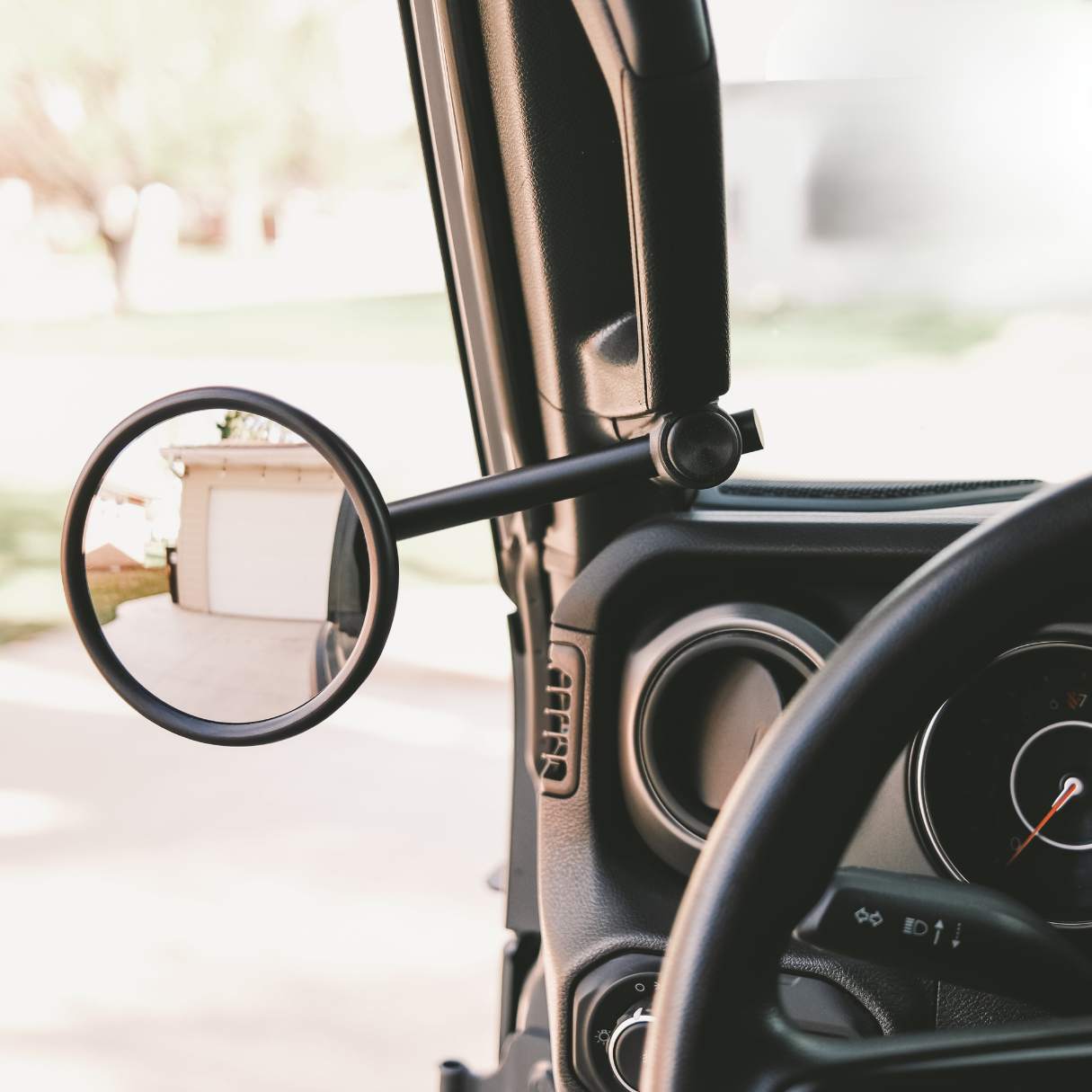

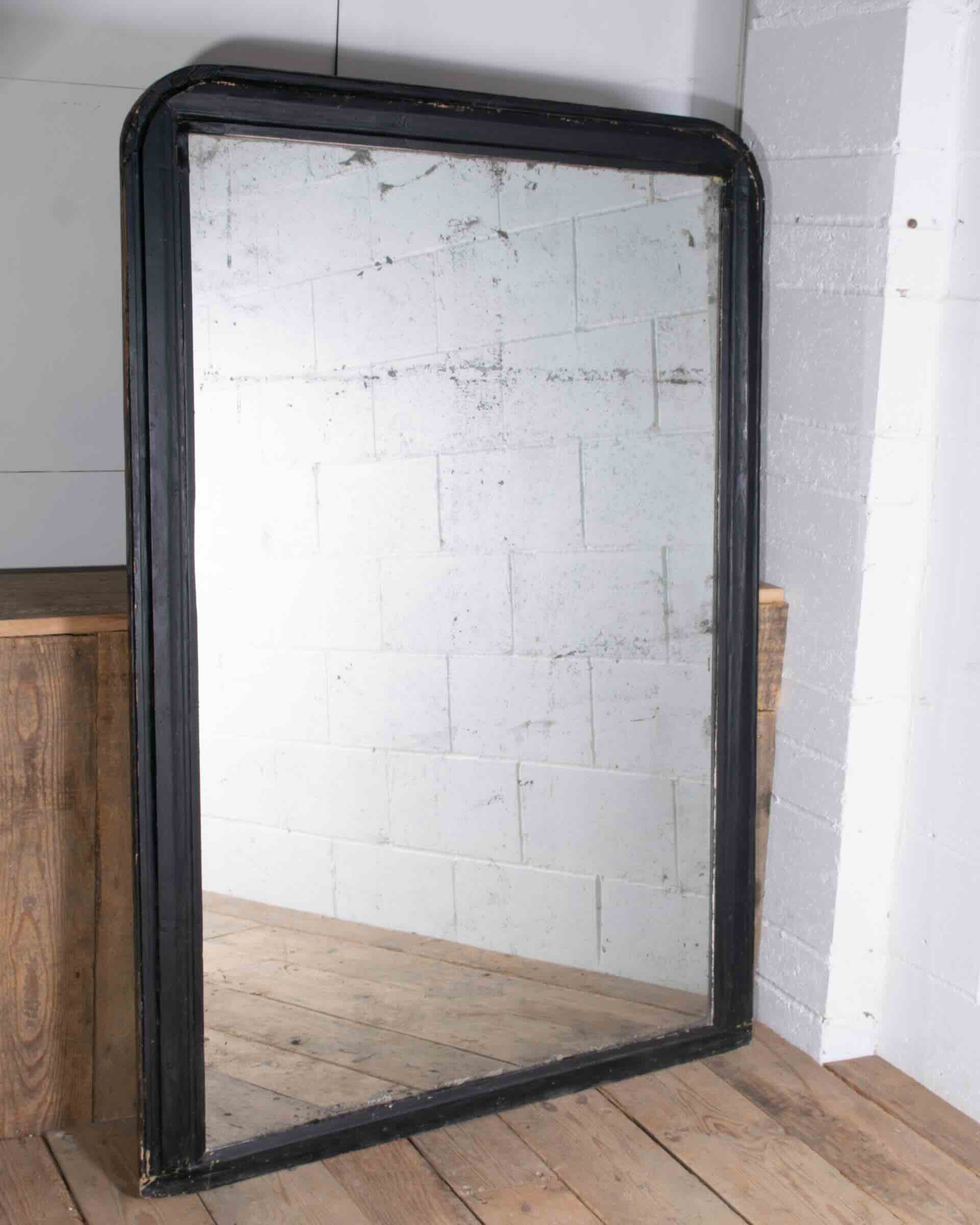
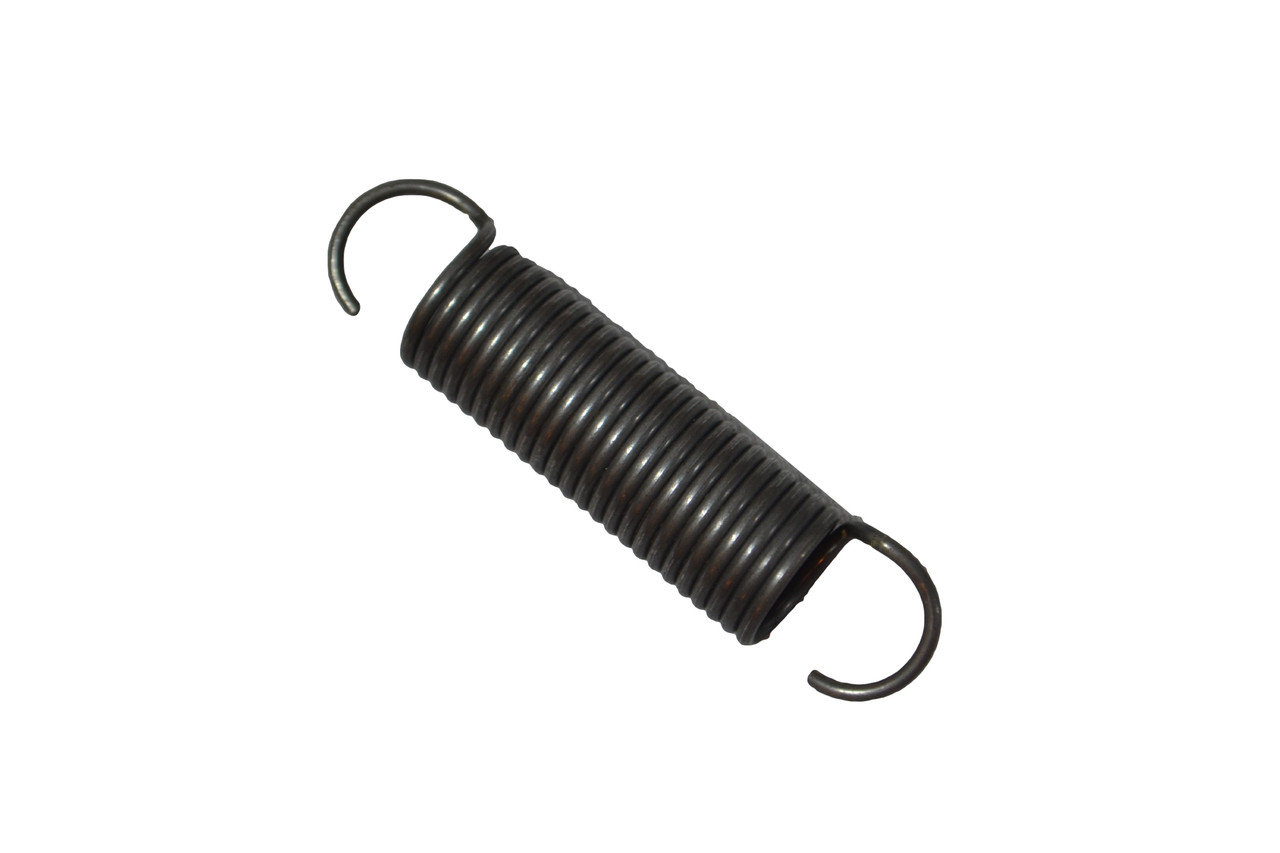


0 thoughts on “How To Check Mirrors When Changing Lanes”